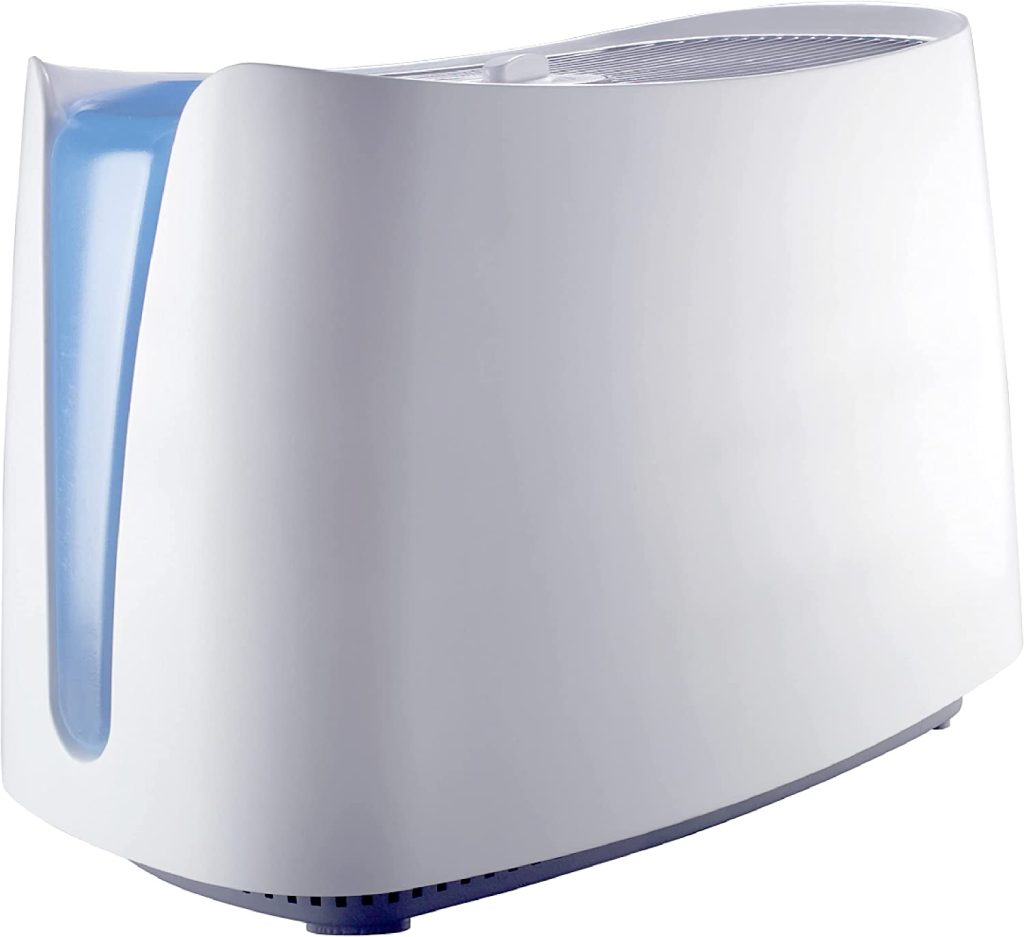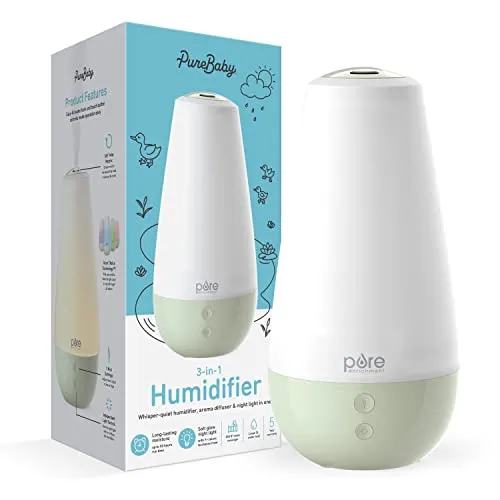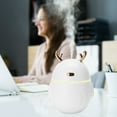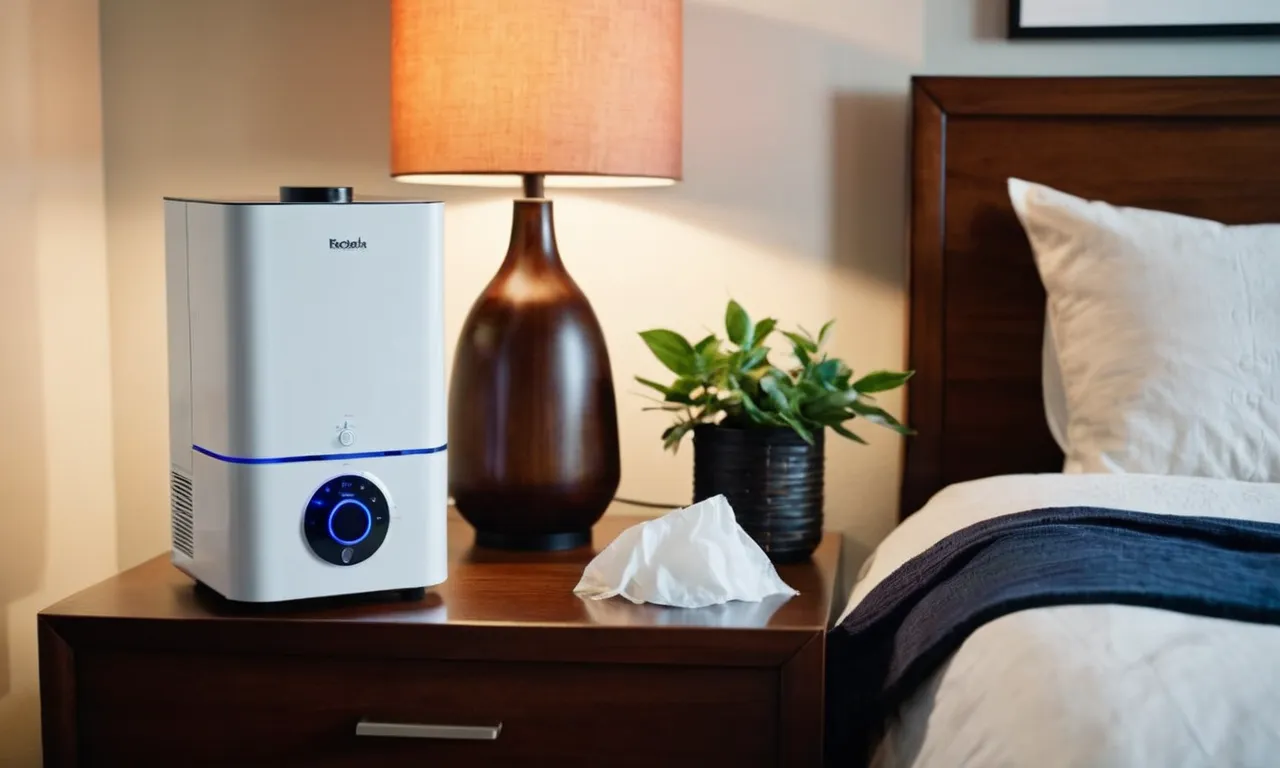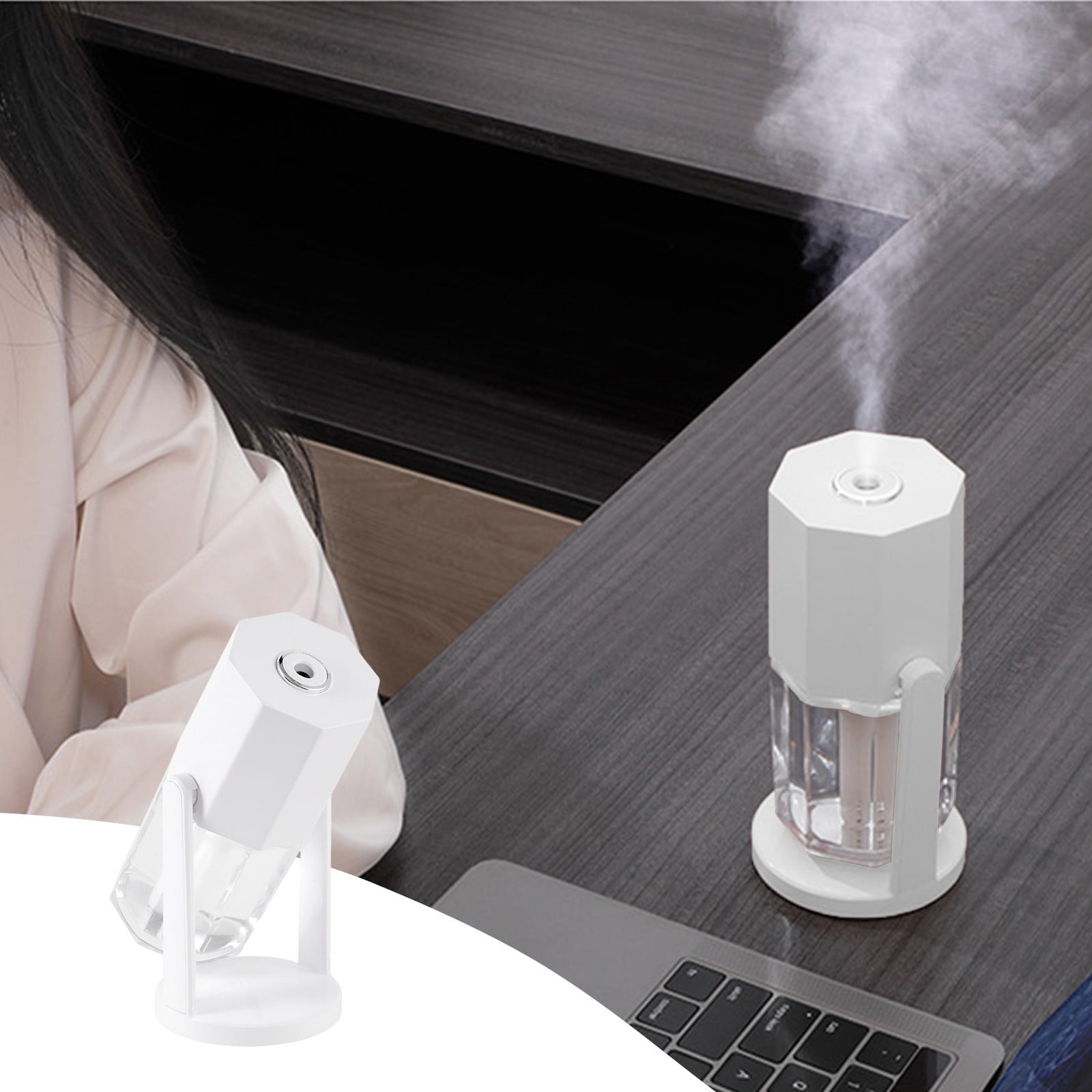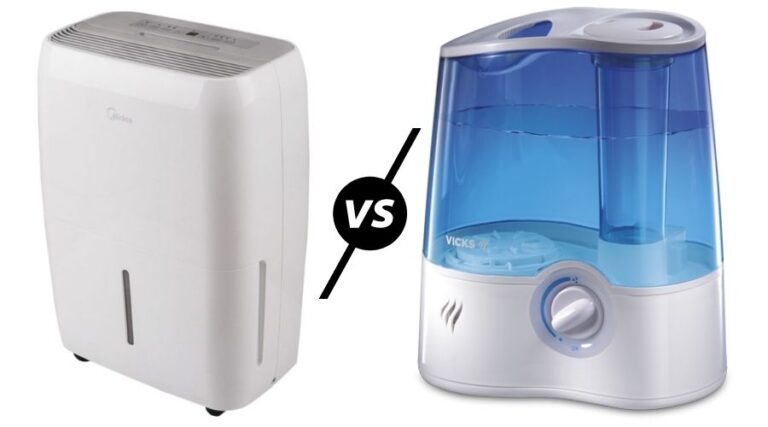Humidifier Or Dehumidifier For Stuffy Nose

The agonizing pressure, the persistent drip, the all-encompassing stuffiness: a congested nose can derail productivity, disrupt sleep, and generally diminish quality of life. Millions grapple with nasal congestion annually, particularly during seasonal changes and allergy seasons. But when faced with the discomfort of a stuffy nose, many reach for either a humidifier or a dehumidifier, unsure which device offers genuine relief. The answer, as it turns out, isn't a simple one-size-fits-all solution.
The crucial question is whether a humidifier or a dehumidifier is better for a stuffy nose hinges entirely on the underlying cause of the congestion. Understanding the root cause is the key to selecting the right environmental control device. This article explores the nuances of nasal congestion, dissects the mechanisms of both humidifiers and dehumidifiers, and provides evidence-based guidance on when to use each to alleviate stuffy nose symptoms. It also addresses common misconceptions and highlights situations when medical consultation is necessary.
Understanding Nasal Congestion
Nasal congestion arises when the tissues lining the nasal passages become inflamed and swollen. This inflammation can be triggered by various factors, including viral infections like the common cold, allergies, sinus infections (sinusitis), and irritants in the environment. The swelling restricts airflow, leading to the sensation of stuffiness.
Furthermore, increased mucus production often accompanies inflammation, further contributing to the blockage. This excess mucus, while intended to trap pathogens and irritants, can thicken and become difficult to clear when the nasal passages are already compromised.
The Role of Humidity
Humidity, the amount of moisture in the air, plays a significant role in nasal health. Both excessively dry air and excessively humid air can exacerbate nasal congestion. Finding the right balance is crucial.
Humidifiers: Adding Moisture to the Air
Humidifiers increase the moisture content of the air. They work by releasing water vapor, either through evaporation, ultrasonic vibration, or steam.
There are several types of humidifiers, including cool mist humidifiers, warm mist humidifiers, and evaporative humidifiers. Each type has its pros and cons regarding energy consumption, maintenance, and potential for bacterial growth if not properly cleaned.
When a Humidifier Helps
A humidifier can be beneficial for a stuffy nose caused by dry air. Dry air can irritate and dry out the nasal passages, leading to inflammation and thickening of mucus. Adding moisture can help to thin the mucus, making it easier to clear and reducing inflammation.
Specifically, cool mist humidifiers are often recommended for children, as warm mist humidifiers pose a burn risk. They are also good choice when the dry air is also irritating your sinuses.
However, according to the Environmental Protection Agency (EPA), it's crucial to maintain proper humidity levels (between 30-50%) to prevent mold and mildew growth, which can worsen allergies and respiratory problems.
Dehumidifiers: Removing Moisture from the Air
Dehumidifiers, conversely, reduce the moisture content of the air. They work by drawing air in, cooling it to condense the water vapor, and then releasing the drier air back into the room.
These are particularly useful in damp environments where mold and mildew thrive, as well as in situations where high humidity exacerbates respiratory issues.
When a Dehumidifier Helps
A dehumidifier can be beneficial if the stuffy nose is caused by allergies or sinus infections triggered by high humidity. High humidity promotes the growth of mold, dust mites, and other allergens, which can irritate the nasal passages and lead to congestion.
By reducing humidity, a dehumidifier can help to control these allergens and reduce the frequency and severity of allergic reactions. A dehumidifier also helps prevent bacteria and viruses, leading to a healthier body.
According to the Mayo Clinic, maintaining low humidity can discourage the growth of mold and reduce dust mite populations.
Choosing the Right Device: Key Considerations
Determining whether a humidifier or dehumidifier is right for you requires careful consideration of several factors. These factors includes the cause of nasal congestion and the ambient humidity levels.
- Identify the Cause: Is the congestion due to dry air, allergies, or a sinus infection?
- Monitor Humidity Levels: Use a hygrometer to measure the humidity in your home.
- Consider the Season: Dry air is more common in winter, while high humidity is more prevalent in summer.
- Consult a Doctor: If congestion persists or is accompanied by other symptoms, seek medical advice.
"The ideal humidity level for preventing nasal congestion varies from person to person, but generally, maintaining a humidity level between 30% and 50% is recommended," explains Dr. Emily Carter, a board-certified allergist.
Beyond Devices: Additional Strategies for Relief
While humidifiers and dehumidifiers can be helpful, they are not the only solutions for a stuffy nose. Other strategies, such as nasal saline rinses, over-the-counter decongestants, and steam inhalation, can also provide relief.
Nasal saline rinses help to flush out irritants and thin mucus, while decongestants can help to reduce swelling in the nasal passages. Steam inhalation can also help to loosen mucus and ease breathing.
Conclusion: A Personalized Approach to Nasal Congestion
Ultimately, the best approach to managing a stuffy nose is a personalized one. Understanding the underlying cause of the congestion and monitoring humidity levels are crucial steps. Using a humidifier when the air is dry and a dehumidifier when the air is humid, alongside other supportive measures, can help to alleviate symptoms and improve comfort.
However, it's important to remember that humidifiers and dehumidifiers are not a substitute for medical care. If your nasal congestion is severe, persistent, or accompanied by other symptoms such as fever, facial pain, or green or yellow nasal discharge, consult a doctor to rule out underlying medical conditions.
By taking a proactive and informed approach, individuals can effectively manage their nasal congestion and breathe easier, regardless of the season or environmental conditions.


